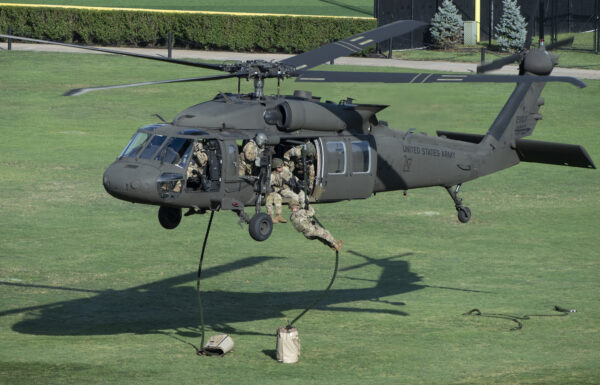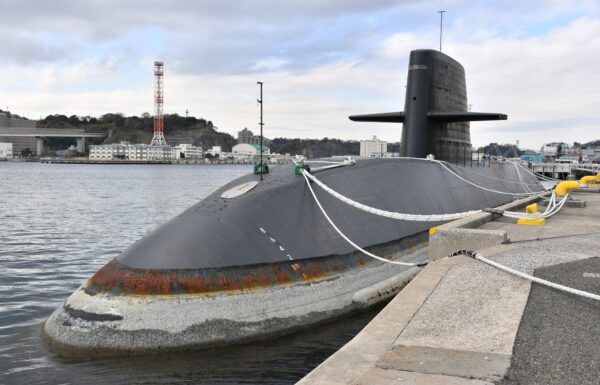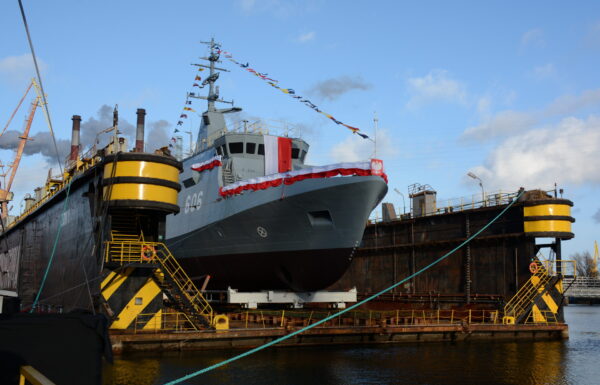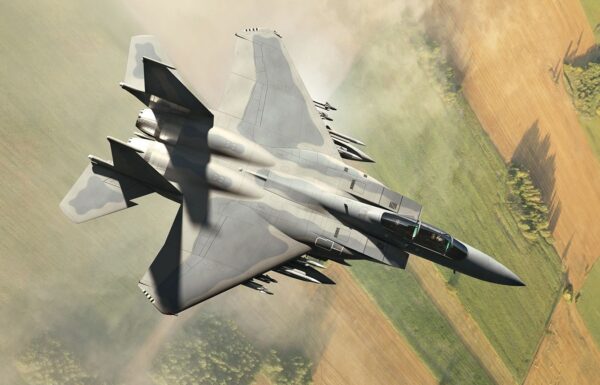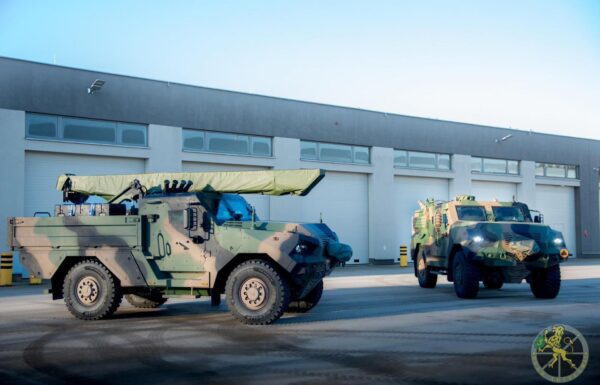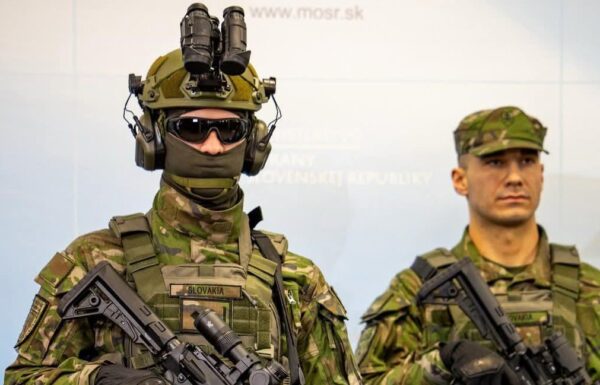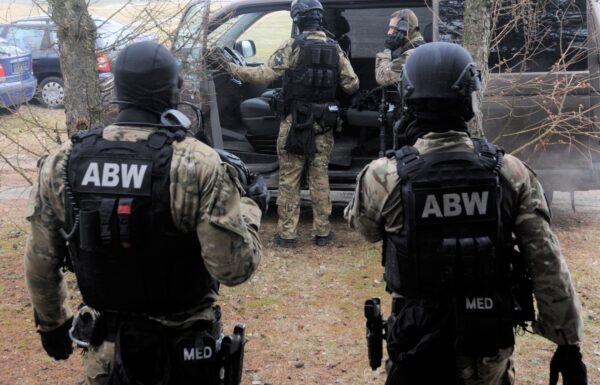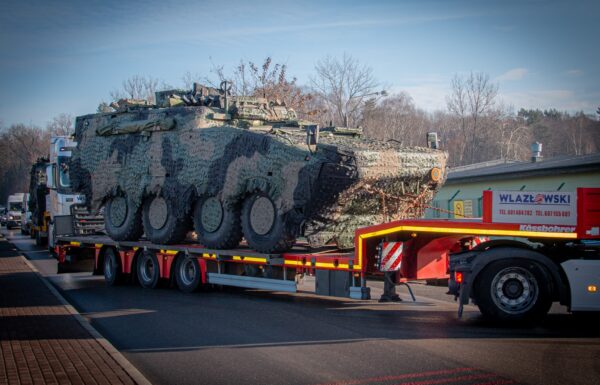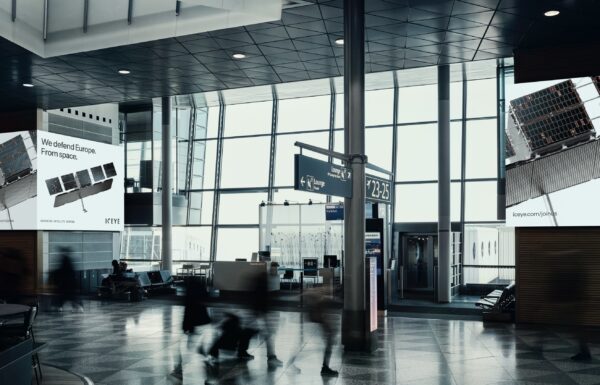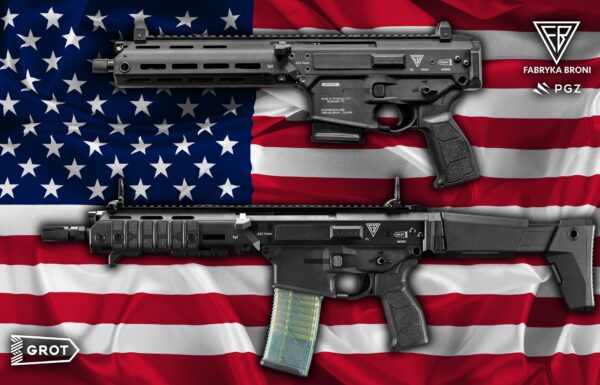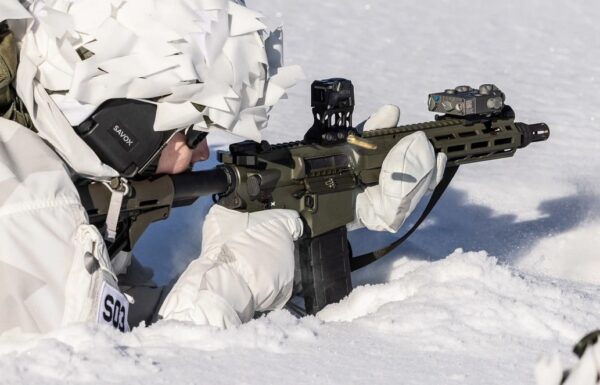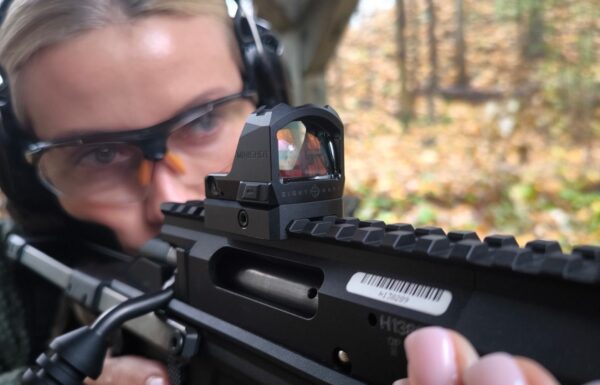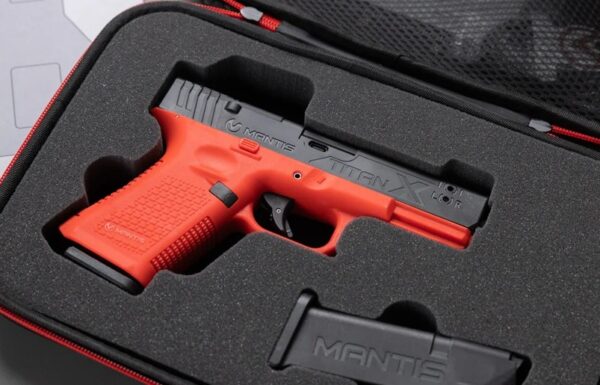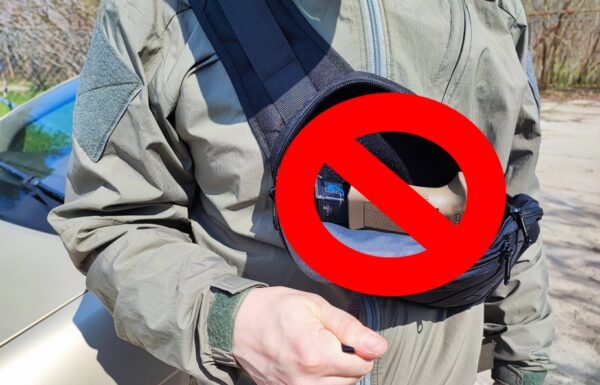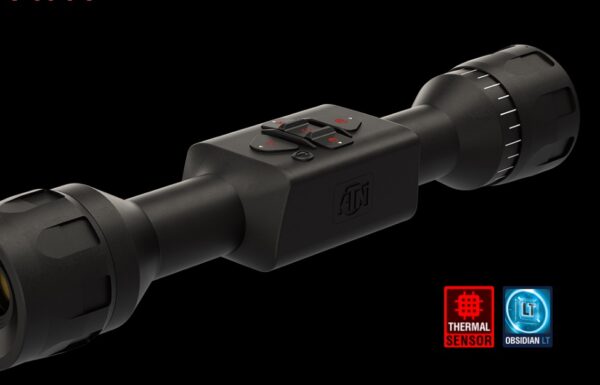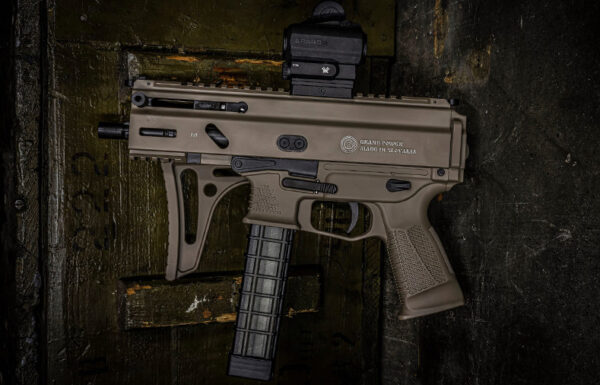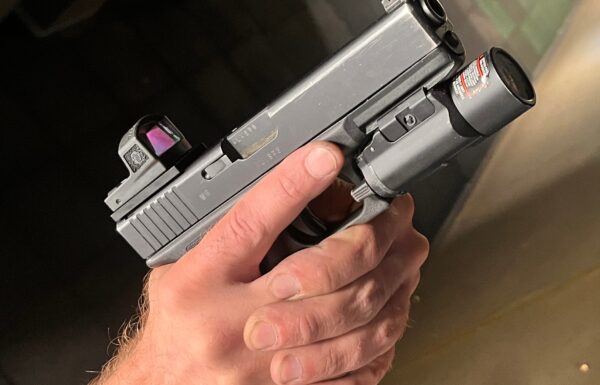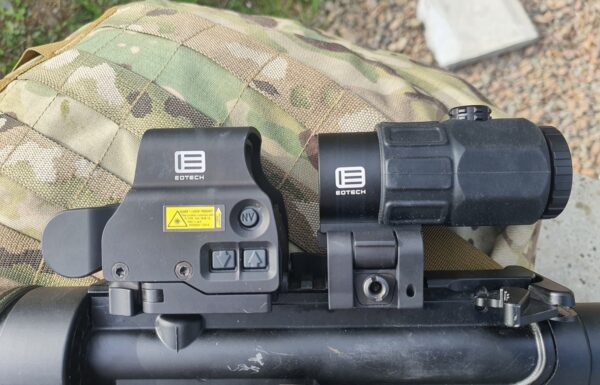Legendary camouflages always remain in vogue, especially those that continue to be highly regarded by professionals despite the passage of time. One of these is the Rhodesian Brushstroke camouflage, which until now has been relatively unknown in Poland. This unique camouflage was originally and primarily used by the Rhodesian Security Forces during the conflict that lasted from the mid-1960s to the end of the 1970s. “Rhodesia? Never heard of it,” many people who remember the globe from geography lessons in elementary school might say. And it’s no surprise, since this country ceased to exist before a large portion of our readers had even seen a globe. After about a decade and a half of war, during which government forces clashed with two rebel groups supported by the USSR and China, who were also fighting each other, this post-colonial British state changed its name to Zimbabwe.
How did it happen that a country that no longer exists created one of the best camouflages in the world? The Rhodesian camouflage is a modification of the Brushstroke pattern developed by the British during World War II, as indicated by its name. The African variant was created by combining three elements: a khaki-colored fabric background, large brown and dark green spots applied to it, and characteristic brush-like strokes in the same colors as the spots, resembling painter’s brush marks.
It’s astonishing, but this simple design worked excellently and still garners admiration! In 2000, the United States Marine Corps (USMC) decided to develop a new camouflage uniform pattern. Reportedly, they evaluated over 100 available camouflages on the market, first narrowing down the selection to eight potential candidates, and then to three. The finalists were the Tiger Stripe pattern, the Canadian Pattern (CADPAT), and the Rhodesian camouflage. Although the decision was made not to use it (the new MARPAT, based on CADPAT but digitized, was introduced instead), this indicates that its camouflage properties remain among the best in the world despite the passage of time. This doesn’t surprise experts, as the Rhodesian camouflage, with its combination of contrasting colors and irregular shapes, excellently optically distorts the outline of the human figure, making it easier to blend into the background.
Revived for production and sale on the civilian market by Helikon-Tex, Rhodesian Brushstroke is attracting interest and becoming fashionable not only as clothing for special tasks in the field, but also – similar to Woodland in the past – as a pattern that we can increasingly encounter in urban spaces.
And how did it perform in Cyprus? Welcome to the photo gallery:
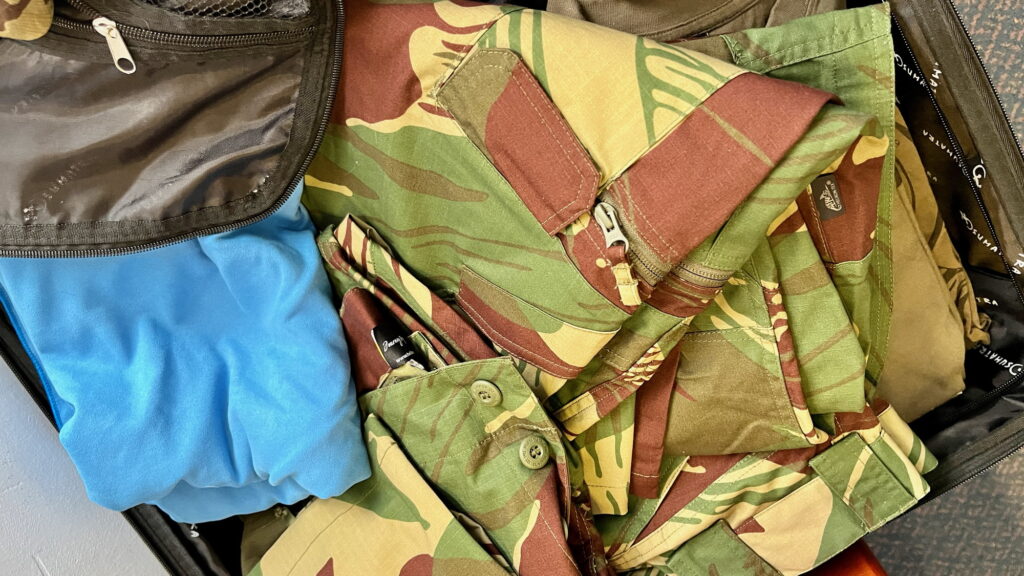
In the suitcase for Cyprus trip, there were Helikon-Tex pants in popular patterns: UTP, UTS, and SFU NEXT MK2.
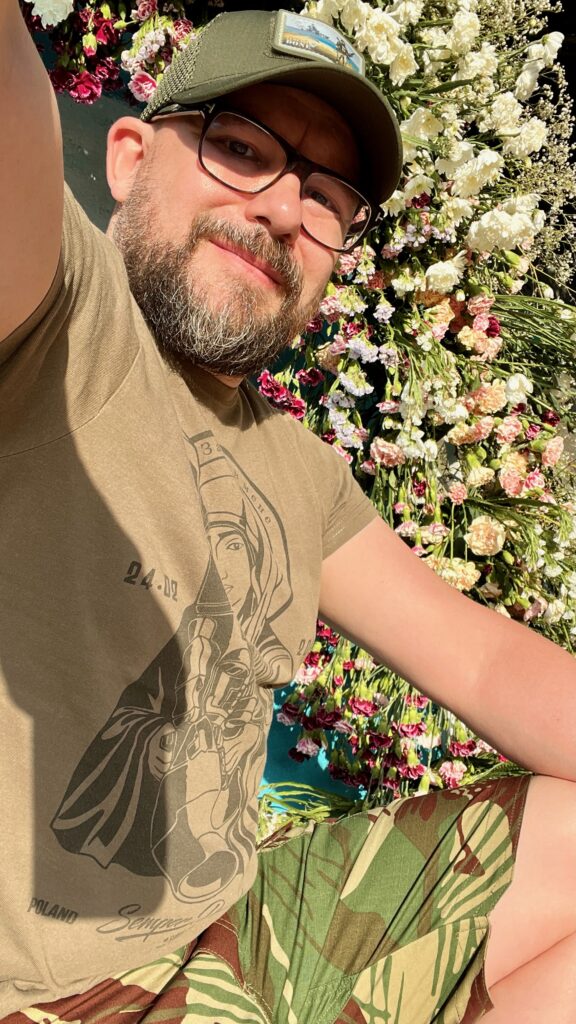
Limassol Festival. Yes, we share something with this festive floral wreath 🙂
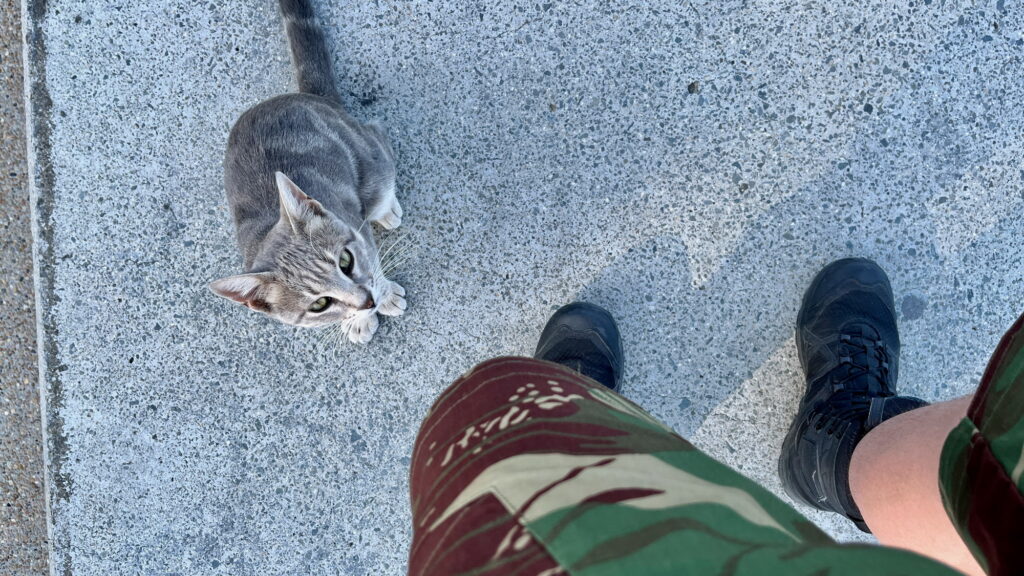
Cyprus is home to many wild cats. This one is looking at the Rhodesian camouflage with skepticism
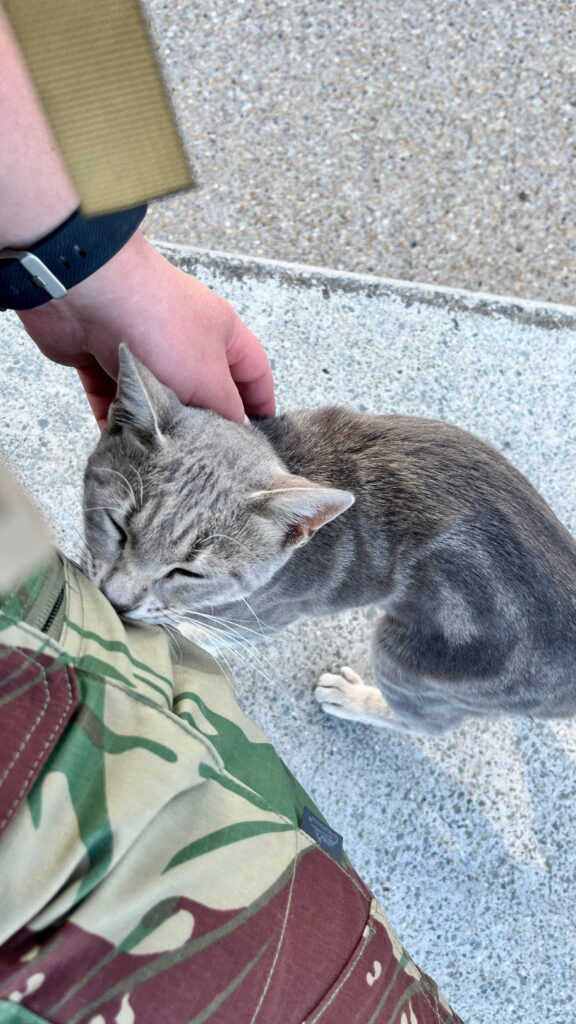
The mistrust has passed. It really is good camouflage 🙂

For now, the greenery is tended in the form of a hedge. It seems to fit
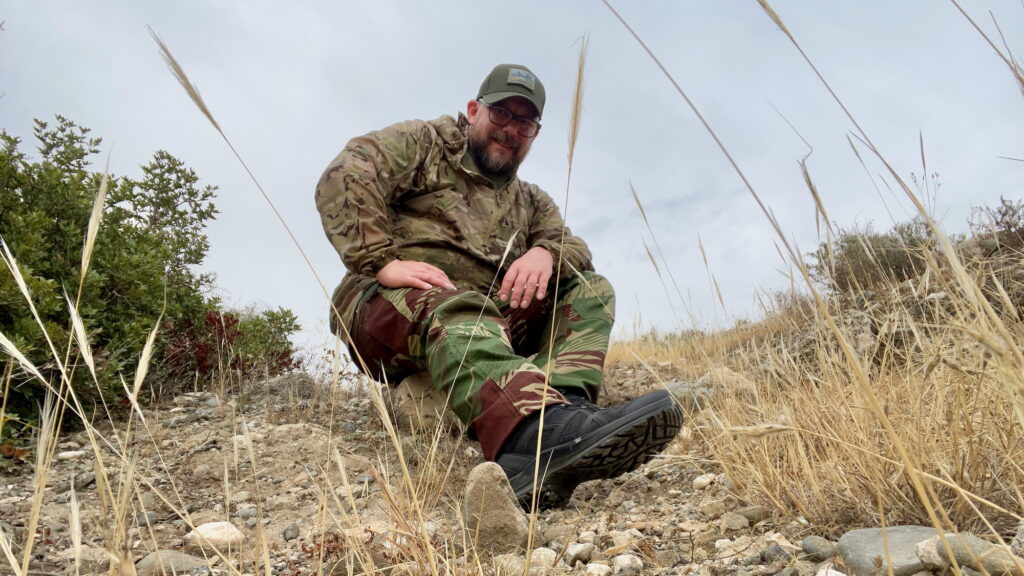
Combining these two camouflages is not the best idea. But it got cold, and I didn’t have the Rhodesian Windrunner from Helikon-Tex. So, which camo is better…?
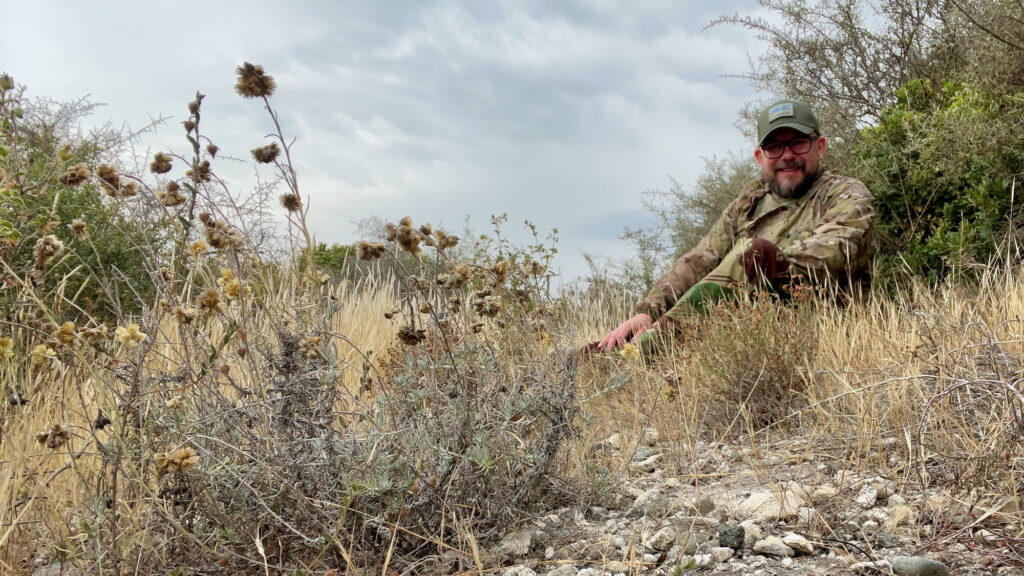
… In my opinion, both work well in their own way.
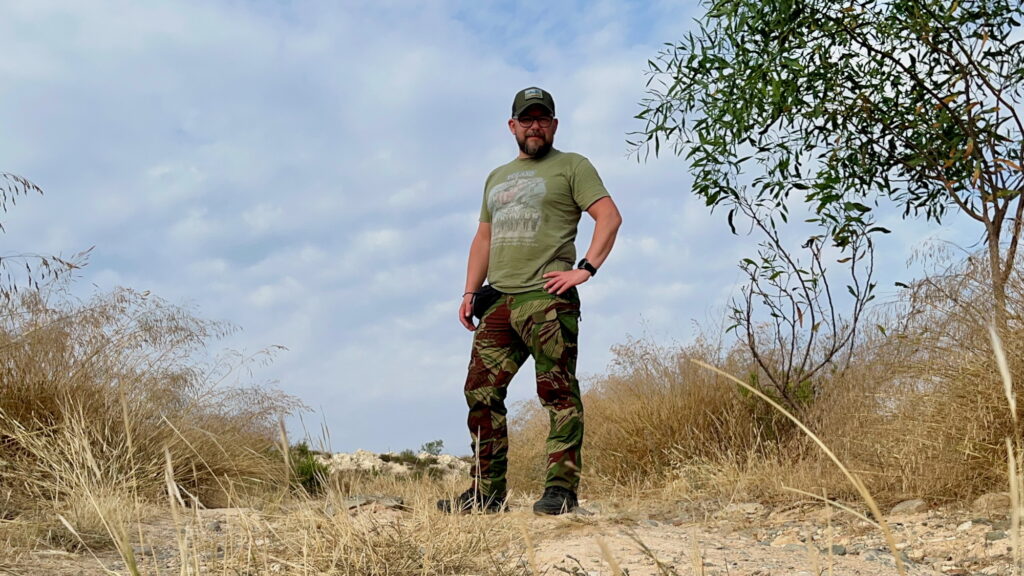
Yes, it seems to work well in the Cypriot nature too.

Cypriot seaside rocks – like any rocks, a figure in most camouflages is like within arm’s reach.

It looks stylish, but it’s still a different environment.

The palm was a bit dried up. But… if it were freshly cut and green, then it probably would make sense
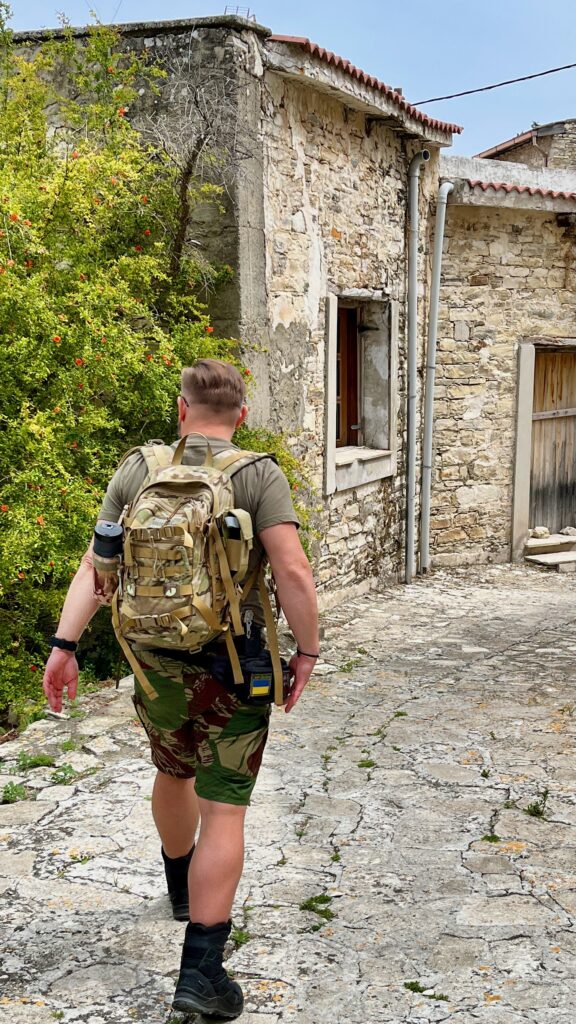
In an urban environment, there would be a problem with camouflage, but it still looks interesting.
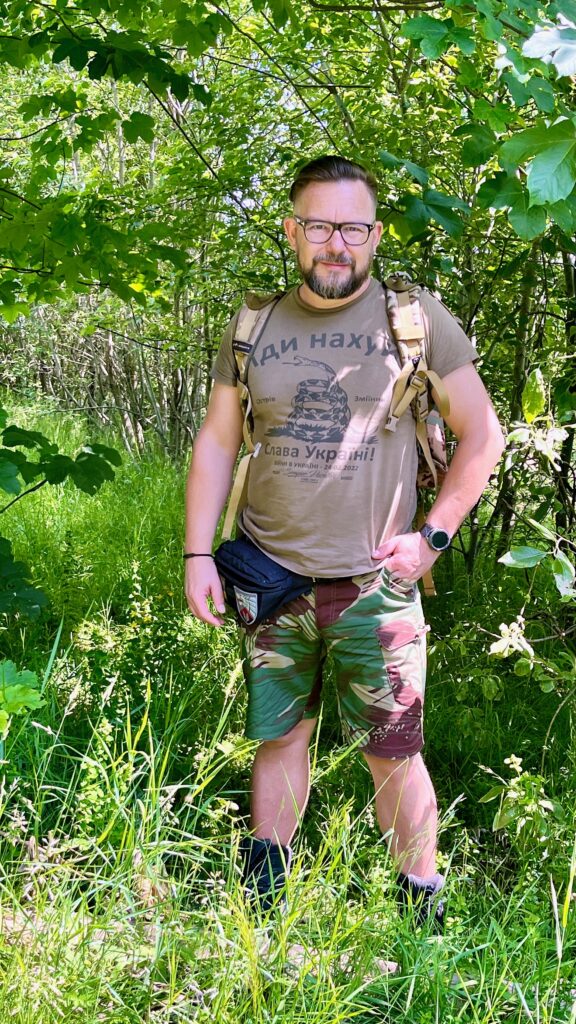
For comparison: Rhodesian camouflage in the July vegetation of Beskid Wyspowy back in Poland
Advertising collaboration. Thanks to Helikon-Tex for providing the clothing for testing.


